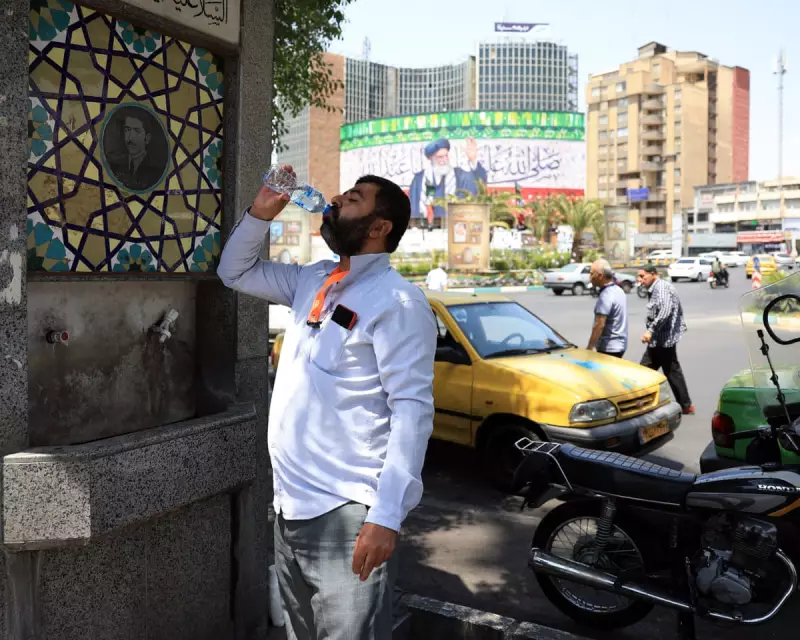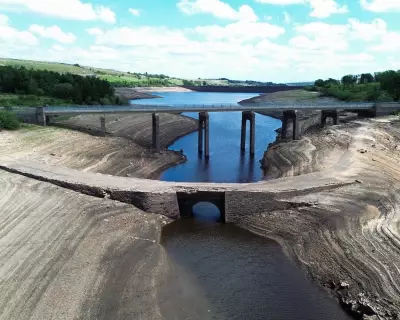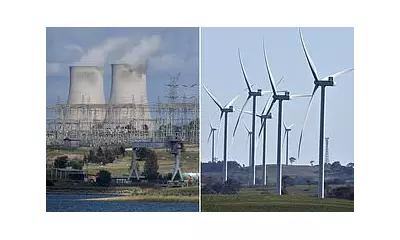
In a dramatic announcement that underscores the severity of Iran's environmental crisis, President Masoud Pezeshkian has declared that the country must relocate its capital from Tehran due to catastrophic water shortages threatening the city's survival.
A City Running Dry
The Iranian leader revealed that decades of mismanagement, climate change, and population pressure have pushed Tehran's water resources to the brink of collapse. "The capital should be moved from Tehran," Pezeshkian stated unequivocally, highlighting how the city of over 13 million people has become increasingly unliveable.
Tehran's water crisis represents one of the most severe urban environmental emergencies in the Middle East. The city faces:
- Rapidly depleting groundwater reserves
- Critically low levels in reservoir dams
- Worsening water quality affecting public health
- Frequent water rationing affecting millions of residents
Environmental Time Bomb
The president's warning comes as Iran grapples with multiple environmental threats beyond just water scarcity. The country has experienced intensified droughts, desertification, and dust storms that have made parts of Iran nearly uninhabitable.
Experts have long warned that Tehran's geographical location and massive population make it particularly vulnerable to water shortages. Situated in a semi-arid region, the city has historically relied on underground aquifers that are now being depleted at an alarming rate.
Political and Practical Challenges
While the declaration marks a significant acknowledgement of the crisis, relocating a national capital presents enormous logistical and political hurdles. Previous discussions about moving government functions have stalled due to:
- The enormous cost of establishing new infrastructure
- Political resistance from established interests in Tehran
- Uncertainty about potential replacement locations
- The challenge of moving millions of government workers
This announcement represents one of the most direct confrontations by any government with the reality of climate-induced displacement of major urban centres. The situation in Tehran serves as a stark warning to other cities in water-stressed regions worldwide.
As the water crisis deepens, the Iranian government faces mounting pressure to implement both immediate relief measures and long-term strategic planning to address what may become one of the largest climate-related relocations in modern history.





